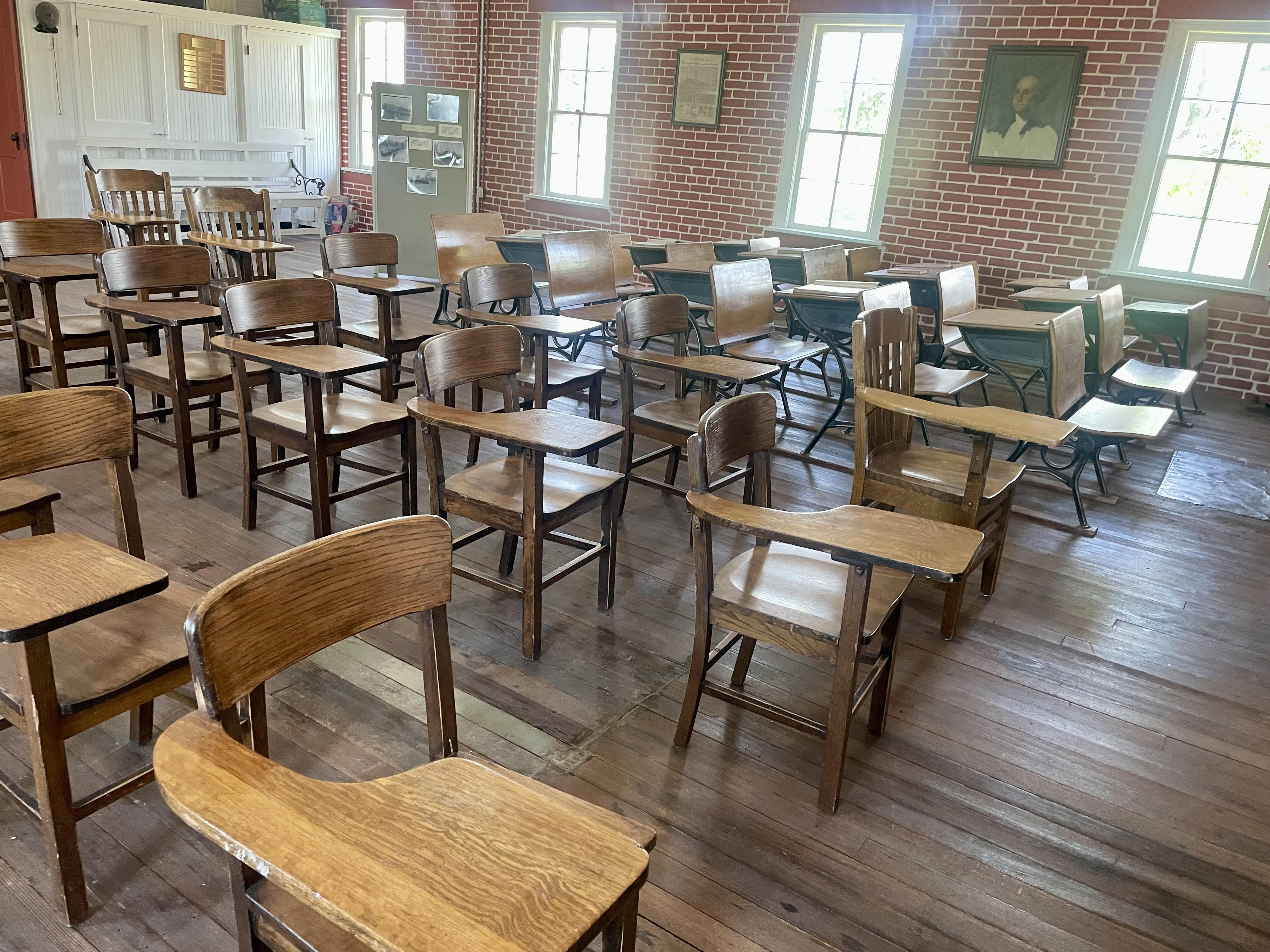
- Details
- By Levi Rickert
The Nebraska Commission on Indian Affairs and History Nebraska on Thursday released a list of known, named students who attended the Genoa Indian Industrial School, The school was located in Genoa, Nebraska, some 100 miles from Lincoln, Nebraska.
Completed in 1884, the Genoa Indian Industrial School operated for 50 years until 1934. Thousands of Native Americans from various tribal commuiteis and states attended the school in its half century of operation.
The 177-page list of names and the sources listed were compiled through research efforts of the Genoa U.S. Indian School Foundation and the Genoa Indian School Digital Reconciliation Project. In the document, information collected from the GIS Foundation is in black, and information collected from the Genoa Digital Reconciliation Project is in purple and blue.
The list is derived from a variety of sources—school newspapers, graduation documents, student records, and more—and only shows the name, listed tribal affiliation (when known), and the source naming the student. As such, the list does not necessarily show the full years of each student’s attendance, nor dates the student entered or left the School.

“As I understand, there are still names from census records from 1885, 1900, and 1910 that need to be added to the list, with an additional approximately 500 children appearing on the 1885 and 1900 census lists alone,” Judi M. gaiashkibos of the Nebraska Commission on Indian Affairs said in a statement about the release of the list of names.
Researchers at the Foundation and Digital Reconciliation Project are actively working on updating these lists with those names, and any others that turn up through their continued research. It is our hope that the NCIA and HN can be a better bridge between these two separate but interconnected research projects to allow for more regular, complete progress updates on all of the efforts surrounding the search for the children lost at Genoa.
Nebraska Commission on Indian Affairs and History Nebraska are continuously updating the list. Anyone with additional information or records should contact the Commission or History Nebraska.
CLICK to go to the student list.
More Stories Like This
50 Years of Self-Determination: How a Landmark Act Empowered Tribal Sovereignty and Transformed Federal-Tribal RelationsNCAI Resolution Condemns “Alligator Alcatraz”
NABS Documents 134 More Survivor Stories, Expands Digital Archive in 2025
Navajo Nation Considers Ending Statute of Limitations for Child Sex Offenses
Pokagon Band allowed into Michigan Adult-use Cannabis Market Through State Agreement
Help us defend tribal sovereignty.
At Native News Online, our mission is rooted in telling the stories that strengthen sovereignty and uplift Indigenous voices — not just at year’s end, but every single day.
Because of your generosity last year, we were able to keep our reporters on the ground in tribal communities, at national gatherings and in the halls of Congress — covering the issues that matter most to Indian Country: sovereignty, culture, education, health and economic opportunity.
That support sustained us through a tough year in 2025. Now, as we look to the year ahead, we need your help right now to ensure warrior journalism remains strong — reporting that defends tribal sovereignty, amplifies Native truth, and holds power accountable.
 The stakes couldn't be higher. Your support keeps Native voices heard, Native stories told and Native sovereignty defended.
The stakes couldn't be higher. Your support keeps Native voices heard, Native stories told and Native sovereignty defended.
Stand with Warrior Journalism today.
Levi Rickert (Potawatomi), Editor & Publisher


